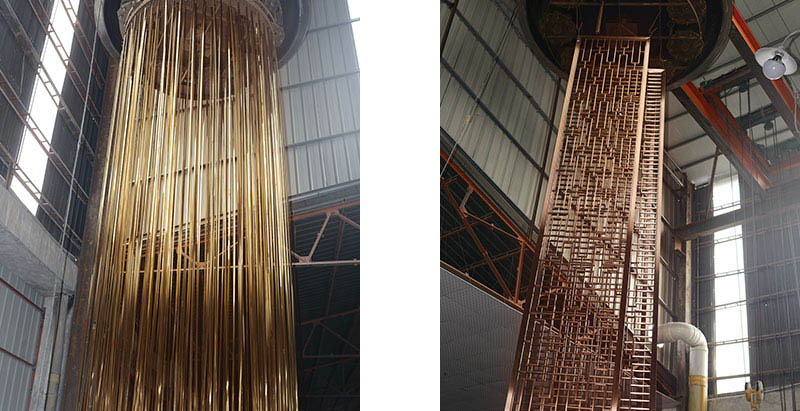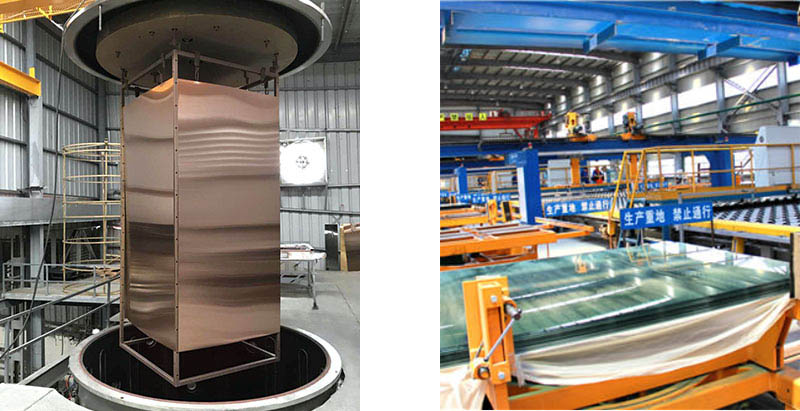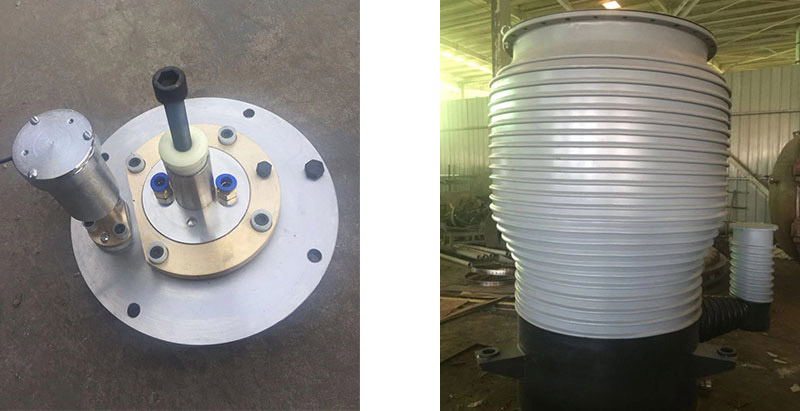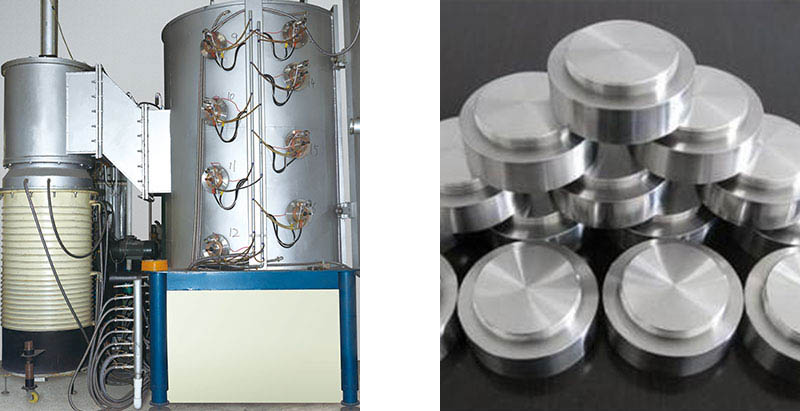How to choose the right mold processing tool for vacuum coating?
Today's machining market places more stringent requirements on processing efficiency and processing costs, and the mold manufacturing industry has become accustomed to this. Moldmakers are not only facing a downturned economy, but also facing a highly competitive global market where workpieces, machine tools and workpiece materials that are being machined are becoming more complex.

Vacuum Coating Machine,Vacuum Plating Equipment,PVD Coating Equipment,PVD System,Gold Coating Machine
With the rapid advancement of technology, people may ignore the various new tool products that are emerging in the market. Carbide tool manufacturers continue to improve tool geometry and continually update their tooling technology, and moldmakers can choose from a variety of tools for their tooling. There are a wide variety of milling cutters, from special milling cutters to universal milling cutters that can process a wide range of materials and are suitable for a wide range of machining applications. The following is a description of two mold milling trends, milling tools and their applications.
Face milling of aluminum alloy
Nowadays, in the mold processing industry, it is very common to manufacture commercial aluminum alloy materials instead of mold steel to make injection molds. Compared with steel molds, aluminum alloy molds are easier to manufacture, easier to operate, and take less time to recover, and in most cases, the quality of plastic products processed by injection molding is better. Since aluminum alloys have their unique properties, it is necessary to use a processing method that is quite different from machining mold steel.

Vacuum Coating Machine,Vacuum Plating Equipment,PVD Coating Equipment,PVD System,Gold Coating Machine
There are many kinds of milling cutters and their geometry. How do you know which milling cutter is most suitable for your aluminum alloy mold processing? Which tool geometry and blade grade should I use? How can I extend tool life?
(1) Select the correct tool geometry
In most aluminum alloy machining, tool geometries with sharp cutting edges should generally be chosen to achieve shearing of the workpiece material. In contrast, if a passivated cutting edge is selected, a pushing effect is exerted on the workpiece material. The use of a large positive rake geometry reduces the cutting load and adhesion to the workpiece while extending the blade's processing life.
(2) Select the correct blade grade
In the cutting process, the aluminum alloy has a tendency to cause blocking. Proper selection of the blade grade improves tool life and machined surface quality. The use of coated inserts (such as standard CVD or PVD coated inserts) may create unnecessary built-up edges. The use of high-hardness, mirror-finished, smooth-surface, non-coated inserts results in longer tool life. Many tool manufacturers now offer such blades or similar technologies.
However, there are also some coated blades that have been specially developed for processing non-ferrous materials. Diamond-like carbon (DLC) coatings and diamond-coated blades are two coated inserts that utilize coatings to extend tool life and improve surface finish. Despite the high price of these coated inserts, users can expect better surface finish and tool life – diamond-like carbon (DLC) coated inserts can increase tool life by approximately 2-4 times, while diamond coated inserts Can increase by about 5-7 times.
The correct combination of the optimum tool geometry and the blade grade results in longer tool life, better surface quality and less adhesion. The selection of suitable machine tools and clamping systems also maximizes the processing capacity of indexable inserts. Some uncoated carbide tools can even achieve surface cutting speeds above 4,000 sfm.
Large feed milling of die steel
Today, one of the most frequently asked questions in the mold shop is: How large is your metal removal and how fast is it removed? This will lead to the next topic: large feed milling. Milling with large feed tools gives you the advantages of machining efficiency and cost. In fact, metal removal rates for high feed milling can be increased by a factor of 2-3 compared to conventional milling. Nowadays, many new CNC machining machines have higher rigidity and more power, enabling the craftsmen to use high-feed technology for efficient milling.

Vacuum Coating Machine,Vacuum Plating Equipment,PVD Coating Equipment,PVD System,Gold Coating Machine
For efficient machining, carbide inserts for high feed milling often have several features. In the past, many tooling shops used round inserts for milling. Recently, many tool manufacturers have introduced new blades that achieve higher feed rates than conventional round inserts. These blades have some essential features for successful and safe high feed milling.
Large feed milling inserts typically have a strong, solid geometry. Triangular inserts are very common in high feed milling. These blades typically have a large tip radius and blade thickness, as well as a small plunging angle (>45°). The optimized combination of these features allows the craftsman to use a higher feed rate (lesser depth of cut) during milling – in some cases up to 3 mm per tooth.
Some of the tools on the market have also adopted a more durable and durable double-sided negative blade, which further improves the processing capability of the milling insert. At present, the use of negative-type milling inserts with positive geometry has become a popular trend in milling.

Vacuum Coating Machine,Vacuum Plating Equipment,PVD Coating Equipment,PVD System,Gold Coating Machine
A common feature of negative blades is that the blades are usually thicker and have a positive geometry. The use of double-sided inserts has many advantages. One of the most obvious advantages is that the number of tips available on the blade is doubled (and thus more in line with the trend of "green machining"); in addition, another advantage is that the blade becomes more durable. In fact, some negative milling cutters can extend tool life if used correctly. In some designs of large feed milling cutters, double-sided negative blades do reduce cutting forces compared to single-sided inserts.
In the evolving mold processing industry, increasing productivity and processing efficiency is critical to maintaining a competitive advantage. Proper selection of cutting tools allows moldmakers to maximize the potential of their machine tools for higher productivity and productivity.


